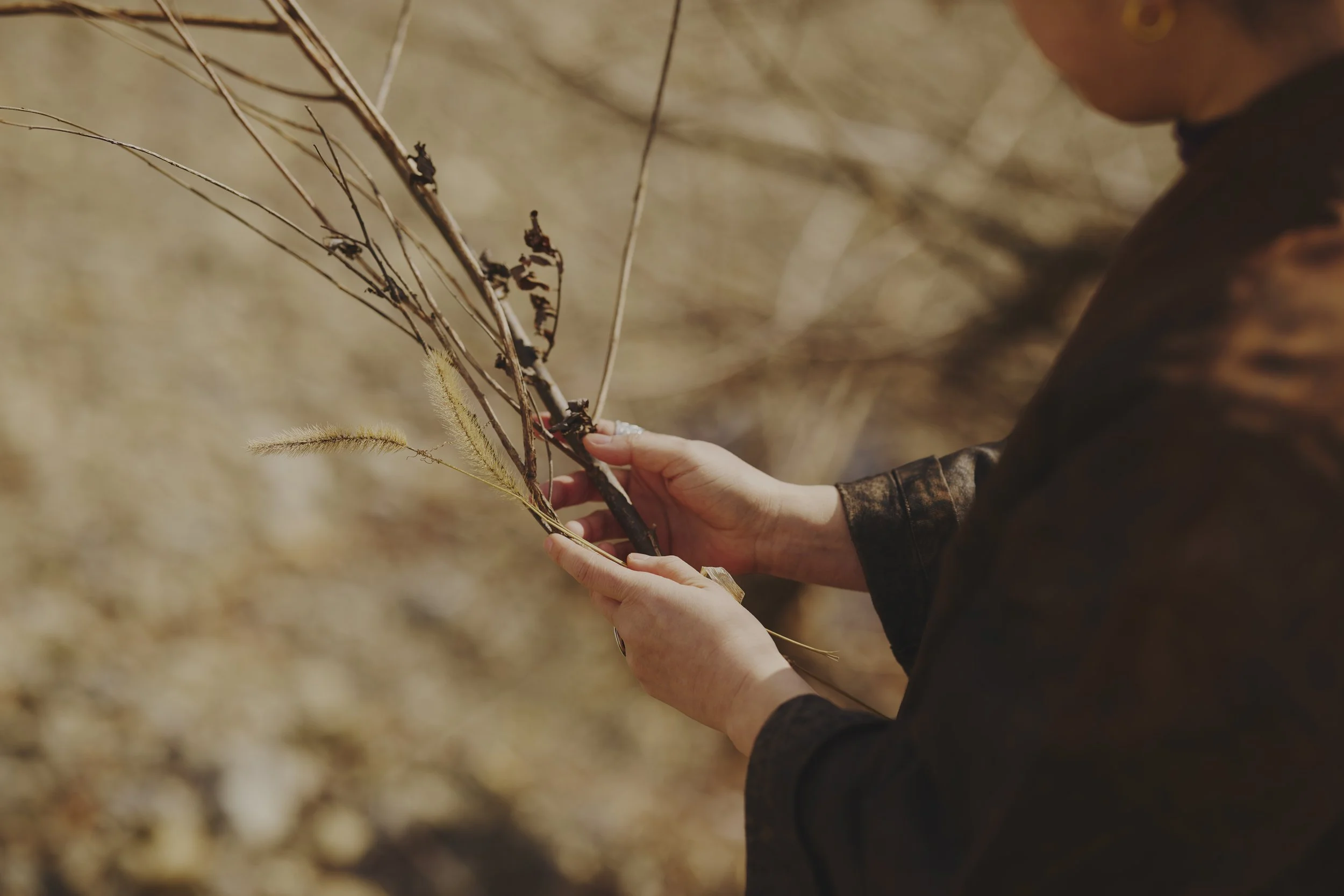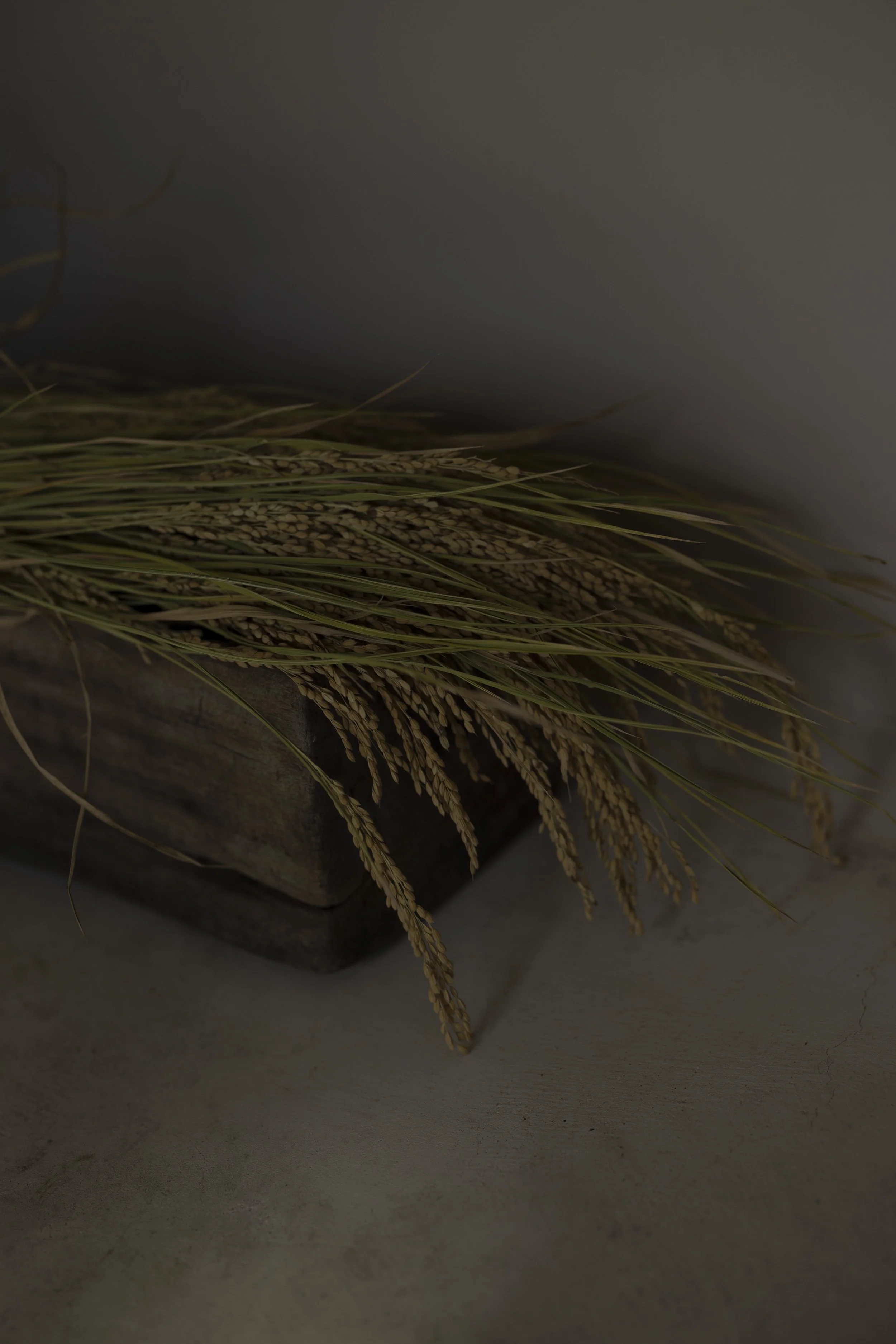THE CASE FOR HERITAGE JAPANESE MATERIALS
Kyoto Research Institute is dedicated to the interdisciplinary research of heritage Japanese materials for the advancement of sustainable living solutions worldwide. Leading the world in the appraisal, documentation, and responsible proliferation of these materials.
FOOD LAB
A dedicated space to explore the heritage materials of Japan’s cookery culture.
Food Lab is not about preservation. It is about fermentation.
Our activities include kitchen-based experimentation, documentation of traditional techniques, and weekday/weekend open lab time where you too can transform heritage materials into new culinary possibilities.

EXPLORE, EXPERIMENT, EXECUTE TOGETHER
We are opening up the doors to our research and design methodology, so that you too can participate in the discovery, unlocking, contribution, and application of heritage materials in our lives today.
Fieldwork Club is an immersive (mostly online) initiative exploring Japanese heritage materials and techniques. Together, let’s research, experiment, and co-design sustainable, functional, and aesthetic products rooted in traditional knowledge.



WHAT WE DO
RESEARCH & UTILIZE
We are a team of researchers, exploring natural resources that through the hands of traditional Japanese technique become our everyday materials. Our mission is to research, educate, and inspire practical utility of heritage Japanese materials in everyday living, wherever we call home.
CURRENT STUDIES
-
INDIGO
Textiles are said to be noted as the first component of the three sectors of living because textiles are our most immediate necessity when we enter this world. We are no longer protected by the fluid of the womb and instead are swaddled in fabric. As we study textiles, Japanese indigo has proven to be one of the most significant natural resources and the technique necessary to transform the plant into a dye has become well-respected globally, yet not well-understood. Japanese indigo is not only a colorant but another vital layer of additional protection. Its antibacterial and fire retardant properties have long-served Japan both physically and spiritually.

-
RICE
Farming and foraging are imperative to our food system, but fermentation and preservation techniques centered around inoculated rice have also been essential to the survival of an island nation that experiences 72 microseasons across a single year. In diving into the study of historic applications of fermentation and preservation techniques, it’s clear that they not only provide healthful and seasoned dishes, but are also a remarkable tool for community building and reinforcement. This cultural tradition is living proof that the human species is meant to live together and rely on one another.
-
SEAWEED
Structure is an overarching word that encompasses furniture, architectural design, building materials, gardens, lighting, and even amulets to protect the family from misfortune. Our anthropological investigation of seaweed has led to the study of the earthen wall technique of Japan which has proven that in every material, a mood, sentiment, or emotion is meant to be experienced. Japanese earthen walls are a culmination of the archipelago itself. Made from clay, rice straw, sand, and seaweed, the textures create the feeling intended for the room by delivering a calculated balance of shadow and light. The environmentally-responsible construction materials can go back to the earth or be reused once again.





